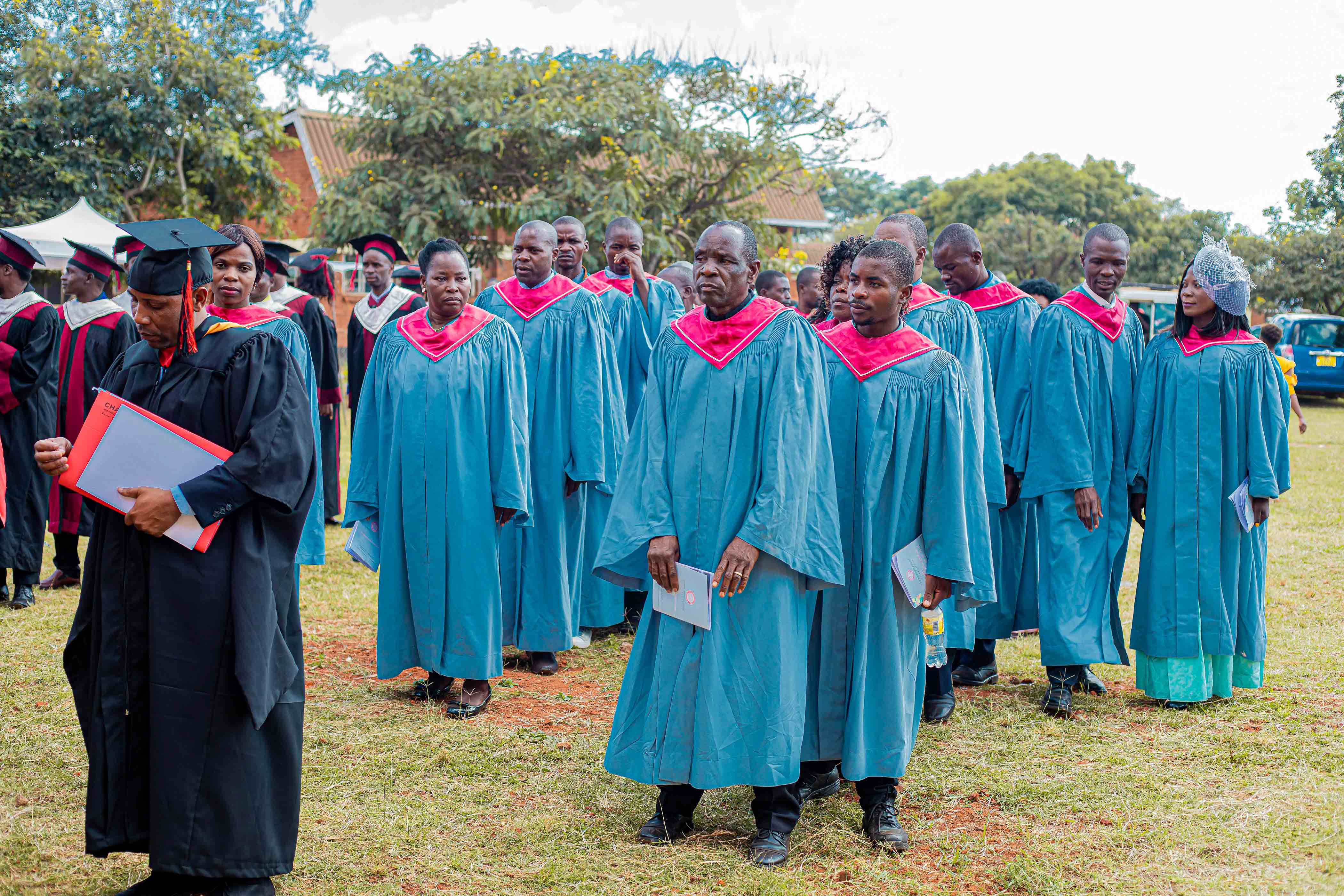The First Century (1907–2008)[edit] Former International Headquarters of the Church of the Nazarene, Kansas City By 1908, there were churches in Canada and organized work in India, Swaziland, Cape Verde, and Japan, soon followed by work in central Africa, Mexico, and China. The 1915 mergers added congregations in the British Isles and work in Cuba, Central America, and South America. There were congregations in Syria and Palestine by 1922. General Superintendent Reynolds advocated "a mission to the world", and support for world evangelization became a distinguishing characteristic of Nazarene life. Taking advantage of new technologies, the church began producing the Showers of Blessing radio program in the 1940s, followed by the Spanish broadcast La Hora Nazarena and later by broadcasts in other languages. At the time of the 50th anniversary of the denomination in October 1958, a total of 19.8% of all Nazarenes lived outside the continental United States, and by 2008, that number was close to 45%. By 2020, the number of Nazarene members living outside of the USA is around 75%.[21] Hiram F. Reynolds, championed the church to grow outside of the United States. Influenced by the indigenous church mission theories of Anglican Henry Venn and American Board of Commissioners for Foreign Missions secretary Rufus Anderson, from the beginning of the global expansion of the Church of the Nazarene, there was a commitment to the development of indigenous churches and districts within the framework of a unitary global denomination under the authority of the Manual.[22] As early as March 3, 1914, Nazarene mission policy developed for the work in Japan by Reynolds encouraged the creation of "self-supporting and self-governing churches. By the 1930s, Nazarene missions leaders "did not aim toward the development of autonomous national churches, but a federation of districts. They did not plan for indefinite missionary control. Without a great deal of thought about where this would lead, without consciously copying any other denomination's model of church government, and without much theological reflection, the Church of the Nazarene became an international body." The first non-missionary district superintendents were George Sharpe in Britain and Vicente G. Santin, appointed district superintendent in Mexico in 1919.[23] In January 1936, the General Board divided the Japan District into two, and the Western or Kwansai district became the first regular district in the denomination, "with all the rights and privileges of any of the North American and British Isles districts subject to the Manual and the General Assembly", however the effects of World War II on the church in Japan saw the two districts reunified and revert to a missionary-led district.[24] The process of internationalization, a deliberate policy of being one church of congregations and districts worldwide, rather than splitting into national churches like earlier Protestant denominations started in 1964 at the General Assembly in Portland, Oregon. With the founding parents of the church gone, the next generation of leaders struggled with interpreting the vision they were given. These main struggles dealt with speaking in tongues and legalism, which the majority of churches that broke away from the Nazarene church doing so in the 1960s. At the General Assembly held in 1972 in Miami Beach, Florida, the Church adopted several policies, now known as the Covenant of Christian Conduct into The Manual. These included statements advising how a Nazarene should view and act in regards to contemporary social issues, like abortion, human sexuality, gambling, and entertainment. These are still a feature of The Manual, the wording of which are updated and adjusted every four years at the General Assembly. It was only in 1972 that the general secretary of the church began to include overseas membership in reporting totals, as prior to this time it had been difficult to collect the needed data.[25] In 1974, the Nazarene Young Peoples Society (now Nazarene Youth International) in its desire to be more inclusive, held its fifth International Institute on the campus of European Nazarene Bible College in Büsingen, Germany, the first one held outside the United States. In 1978, the Church fully integrated some of its segregated church in the American South by merging the Black overlay Districts into their respective geographic main districts. Even though women have been allowed to preach since the churches inception, promotion to higher ranking leadership levels was not church practice. In 1988, the church had only promoted 2 women to the District Superintendent levels. The first of which was in 1926.[26] 2000 marked the peak of membership in the Church in the United States. By the 2001, General Assembly, held in Indianapolis, 42 percent of delegates were not native English speakers. As many elected delegates from outside the United States could not attend the General Assembly due to US immigration policies, financial or other reasons, the General Assembly authorized the creation of "a committee to address the concern that a high percentage of non-North American/non-United States delegates are unable to attend a General Assembly". 2003 had the largest Nazarene Youth Conference to date with 12,000 students meeting in Houston, Texas. In 2005, the General Assembly elected the first person of color and 2nd non-US resident, as well as the first woman (Nina Gunter) to the General Superintendent office. The Global Ministry Center, designed by 360 Architecture, in Lenexa opened in 2008 As the Church approached its 100th anniversary, the Board of General Superintendents decided to have regional and local Centennial celebrations rather than one global gathering. It also made a controversial move from downtown Kansas City into Lenexa, Kansas, which was seen as abandoning the primary call of ministering to the inner cities. The new Global Ministry Center opened in 2008, centralized many of the church's departments in one building, versus the campus style of the former Headquarters building. [27] Separations[edit] Throughout its history, there have been several groups that separated from the Church of the Nazarene to form new denominations. Among the new denominations formed by those seceding or being expelled from the Church of the Nazarene are: the People's Mission Church (1912); the Pentecost Pilgrim Church (1917); the Bible Missionary Church (1955); the Holiness Church of the Nazarene (1961) in the Philippines; the Church of the Bible Covenant (1967); the Crusaders Churches of the United States of America (1972); and the Fellowship of Charismatic Nazarenes (1977). The Crusaders Churches were organized due to a difference in belief on teaching regarding divorce and remarriage.[28] The formation of the Fellowship of Charismatic Nazarenes was a result of differences on the use of charismatic gifts of the Holy Spirit in church services. Individual churches have also left to become independent, although this is still rare. Most notably Gold Creek Community Church in Washington became non-denominational in 2012.
Graduation 2024












